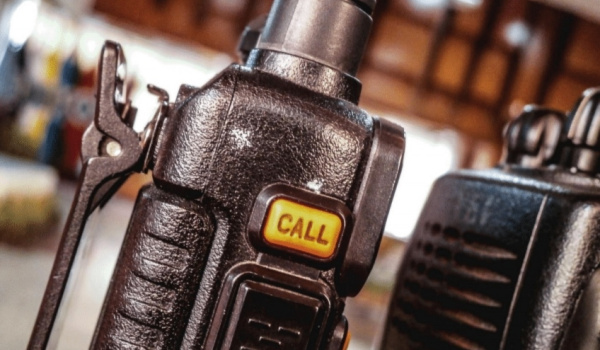But in certain situations, you may find yourself without one. Whether there’s a natural disaster, or you just want to go hiking for the weekend, your cell phone service might not be available. Luckily, there are ways to prepare for these situations and find a way around this! Here are the 5 best alternatives to cell phones, just in case.
- HAM Radio The HAM Radio (or amateur radio) is your best option in case of a natural disaster. Hospitals, shelters, fire departments, and FEMA all use these radios to communicate in such emergencies. You can use them to reach people all over the world. The Federal Communications Commission, or FCC, regulates HAM radios. You must have a license to operate one of them. However, they are easy to purchase in stores or online at stores like Moonraker UK. Consider a handheld transceiver for its convenience and easy mobility.
- Walkie-Talkies Walkie-talkies are short-ranged, battery-powered two-way radio. They can both send out and receive information, allowing one person to talk at a time. It’s perfect for hiking trips or family vacations where parents would like to easily talk to their kids. Many stores even sell walkie-talkies designed for children. Instead of using satellite or GPS to work, walkie-talkies use single frequency wireless signals. That’s why you’re able to use them regardless of where you are. As long as all the devices share the same channel, you’ll be able to talk freely.
- Family Radio Service The Family Radio Service, or FRS, is essentially an upgraded version of a walkie-talkie. The difference is, there are specific frequencies which the Federal Communications Commission designates for the FRS. This means no pesky interference with local radio stations or CB radios. Be sure to be realistic about the range on your FRS radio. Trees and tall structures like buildings can limit your circle of communication. Under normal circumstances, with few obstructions, these devices may be able to reach 0.5 to 1.5 kilometers away.
- General Mobile Radio Service The General Mobile Radio Service, or GRMS, is similar to the FRS. They both use the same FM frequency. However, GRMS has the capability for much more power than the FRS. It contains access to more channels, and has a wider range of communication. If you want the comfort that a more powerful device provides, this is probably the right option for you.
- Morse Code It may seem ridiculous to think at first, but morse code can be a lifesaver in an emergency! It’s a series of taps and pauses that can be communicated in many ways. Tapping a wall or flashing a series of lights can send a signal to others if you have no other form of communication. In Conclusion If you find yourself without reception, these are the 5 best ways to get in touch with others without one. Even if you have to get a license for any of these options, it’s worth it knowing you’ll be able to talk to your people at any given time. Whether storming or hiking, you can depend on HAM radios, walkie-talkies, and even learning Morse code. No matter what you choose, make sure the people who have these devices know how to use them properly. You and your friends and family should go over an emergency plan, practicing drills if necessary. Having a backup plan or two never hurts, either! Just remember, always prioritize safety first.
